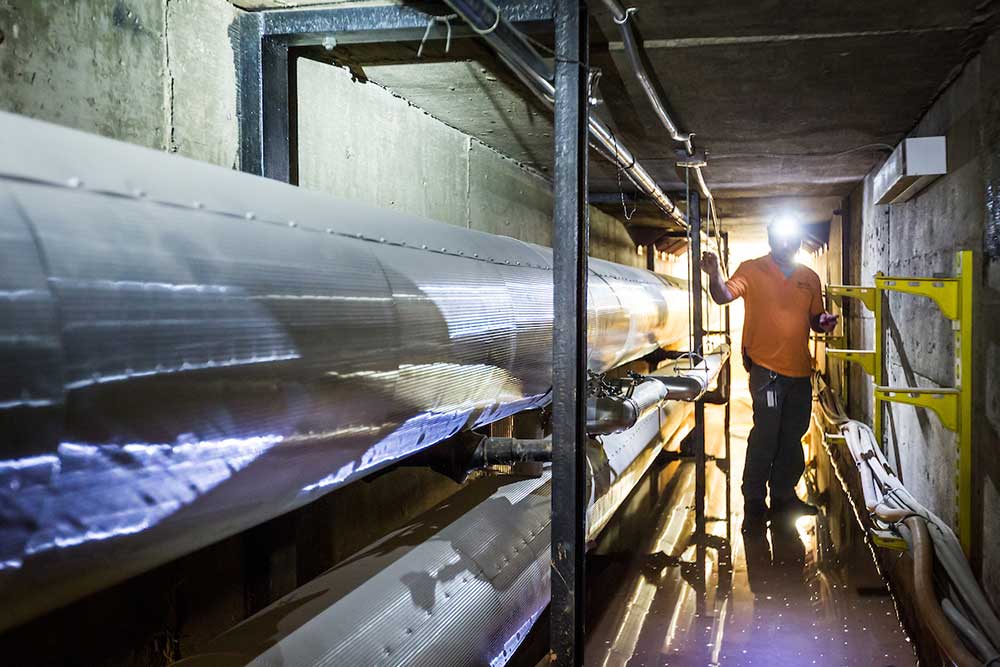Contractor Safety

Contractors are responsible for conducting their work in a safe and compliant manner that ultimately minimizes environmental and safety risks to the University and the surrounding community. Best Management Practices are encouraged of contractors while conducting work on University-owned and leased properties.
All contractors must read and abide by the requirements set forth in the Contractor Safety Guide. A copy of the Contractor Safety Agreement Form must be signed and returned to Wake Forest University Project Manager prior to work. Contractor employees are required to watch the Contractor Safety Video prior to working at the University.
Any incident or accident occurring during contracted work involving contractor or sub-contractors must be documented on the Contractor Incident Form and returned to the Project Manager as soon as possible.
Questions?
Need to report an unsafe condition or incident?
Phone: 336.758.EHAS (3427)
Email: wfuehs@wfu.edu
Office Location: The EHS building is in the Facilities Compound on Wingate Road. It is the last building on the left up from Fleet Services, next door to Landscaping.
Summer Safety
Contractor safety on University property during a busy summer season requires a proactive approach, focusing on heat stress prevention, fall protection, and overall site safety. Contractors should review the Contractor Safety Guide and train their employees on University specific safety protocols.
Key Safety Considerations
Heat Stress Prevention
Hydration – Encourage frequent water breaks and the use of electrolyte drinks
Acclimation – Allow workers to gradually adjust to the heat and workload
Light-colored, loose-fitting clothing – Consider wearing wet neck towels or cooling vests
Shade and breaks – Schedule work during coolers hours ad provided shades areas for breaks
Monitor heat index – Be aware of the heat index and adjust work accordingly, as shown in this chart provided by OSHA
General Site Safety
Traffic control – Implement measures to manage traffic, especially during peak university activity. Contractors are responsible for abating the hazards they create. The University does not provide flaggers or traffic control for contractors.
Equipment safety – Ensure equipment is properly maintained and operated, and workers are trained on its use
Tidy work areas – Maintain a clean and organized work environment to minimize tripping hazards
Communication – Establish clear communication channels between contractors, University staff, and Campus Police
